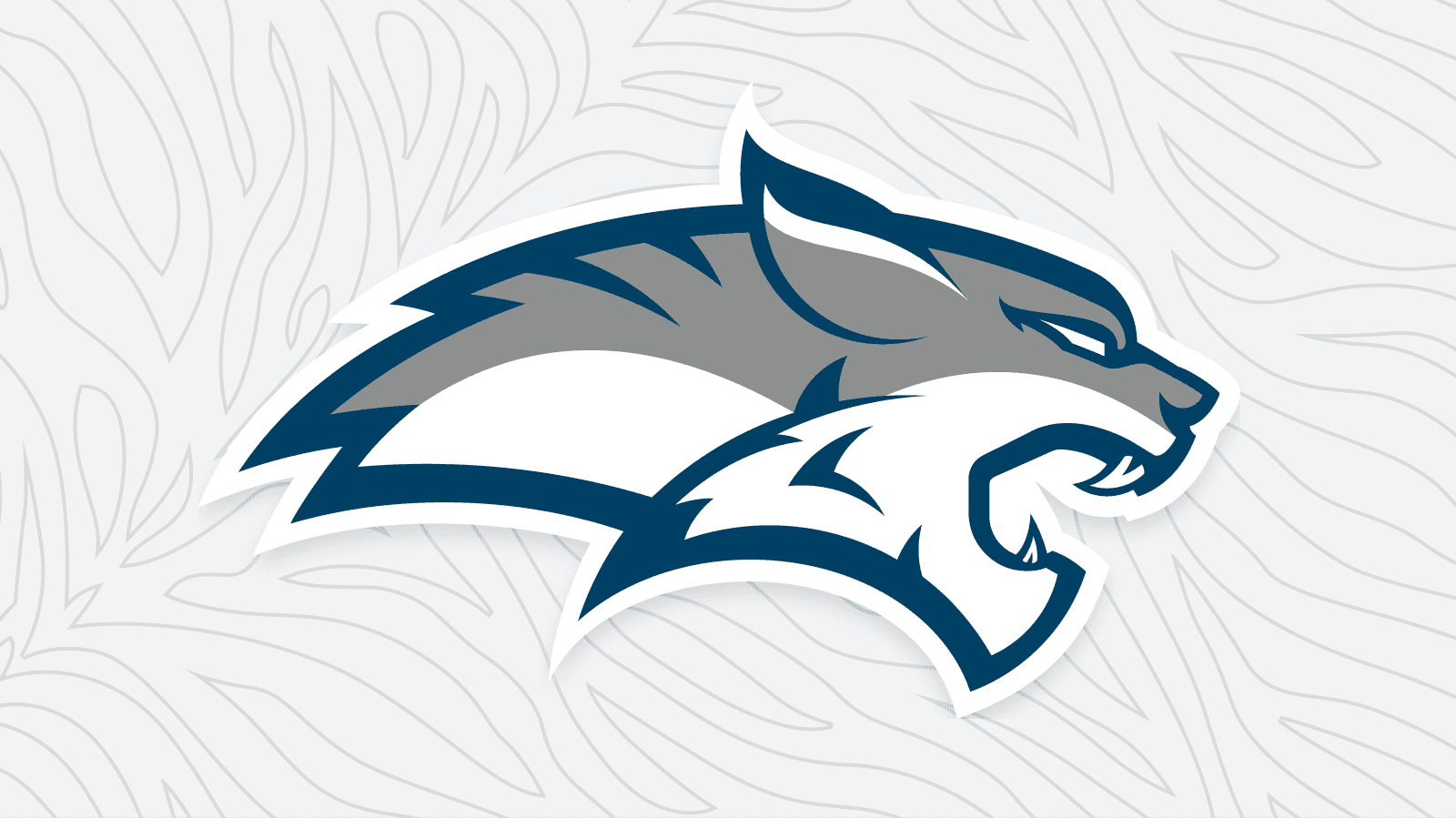

Full-stack designer in Columbus, OH with over 23 years of experience
I am a seasoned designer with a passion for interaction and visual design. I’ve helped Fortune 500 companies, startups, and non-profits deliver their brand promise through digital experiences, enterprise applications, and visual communications. I am currently available for fulltime and freelance opportunities.
Case Studies
All the hats, because startup
How my diverse experience enabled me to deliver a B2C native app, B2C and B2B web apps, and marketing materials as the sole designer for a data privacy startup
Prototyping
User Testing
User Flows
UI Design
Data Visualization
Iconography
Motion Design
3D Graphics
Branding
Marketing

Showing, not telling
Leveraging the power of a prototype and user testing to bring multiple departments together to enhance the patient scheduling experience.
Prototyping
User Testing
Figma
UI Design

But wait, it’s more than that
How stepping away from the Mac and gaining insight into a user’s daily routine transformed a feature into a tool that fostered multidisciplinary collaboration
Contextual Inquiry
UI Design


Sometimes, the soul just needs fed
Designing a new visual identity for a local lacrosse organization out of a love for the sport and the benefit it provides the community
Visual Design
Branding
Social Media
Marketing
Font Design

Capabilities & Tools
UI Design
Sketching
Wireframing
High-fidelity Layout
Design Systems
Figma
Framer
Lottie
UX Design
Information Architecture
User Flows
Prototyping
FigJam
Whimsical
Visual Design
Branding
Iconography
Digital Illustration
Print Collateral
Motion Graphics
Illustrator
Photoshop
InDesign
AfterEffects
Premiere
User Research
Customer Interviews
Contextual Inquiries
Usability Studies
Immersion
User Tests
Front-End Development
HTML, CSS, Javascript
React/NextJS
Swift/SwiftUI
VS Code
Github
Miscellaneous
Photography
Music Production
Apparel Imprinting
Apparel Construction
Lacrosse Coaching & Instruction
Logic Pro
Screen Printing
Heat Pressing
Sewing Machines
©2024 Aaron J Cook. All rights reserved.
Let’s Talk